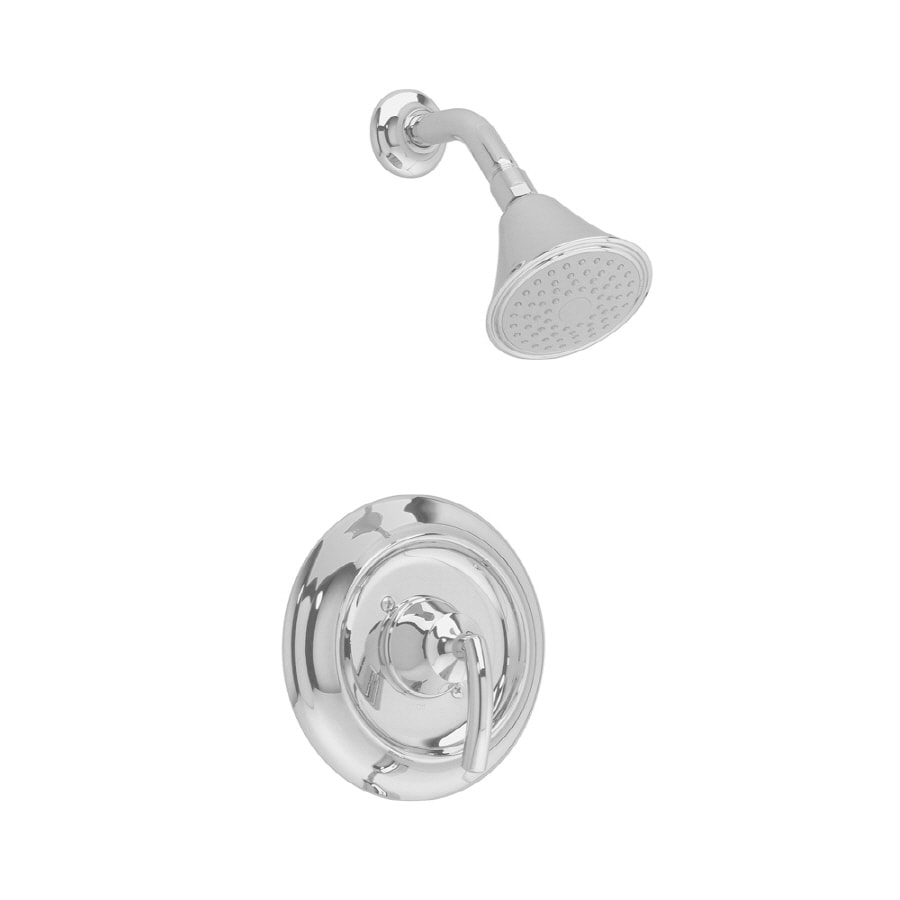5 Solutions to Acrylic Bathroom Problems
5 Solutions to Acrylic Bathroom Problems
Blog Article
{This Post Just about every person has their private way of thinking on the subject of Hiring a Plumbing Expert. We recommend that you clean your acrylic bathing product made of Delta ProCrylic or Acrylic with Innovex Technology with non-abrasive soaps and cleaners, such as: When it’s time to clean, always use a terry cloth towel, soft cloth or sponge to avoid scratching the acrylic surface. Don’t use abrasive scrubbing pads, steel wool or sponges, cause permanent damage to the acrylic material. If you use a drain cleaner or clog remover, be sure to rinse thoroughly with water so no product is left standing near the drain. Some chemicals and cleaners may deteriorate acrylic surfaces, causing cracks and, potentially, property damage. To avoid this, don’t use cleaning products that state on their label that they are not suitable for use on Acrylic, ABS, Polystyrene or Plastic. Be sure to check the label of any product before you apply it to the surface; it’s easier to avoid damage than to try to remedy it. Chemicals we do not recommend using to clean acrylic showers/tubs: When you’re ready to apply sealant, a little planning goes a long way. Pick up some painter’s tape and use it to mask off the seam to help make cleaning up easier. When you’re applying the bead, use a constant, steady speed to avoid an uneven finish. Use a caulk tool or a plastic spoon to work the sealant into the joint. Wetting the tool with denatured alcohol will help create a smooth finish. Follow the directions on the back of the tube for cure time. Certain chemicals and cleaners may deteriorate acrylic surfaces, causing cracks and, potentially, property damage. After you’re finished applying it, clean up the product surface and remove any excess sealant with denatured alcohol. Don’t use solvents (turpentine, lacquer thinner, mineral spirits, paint thinner, MEK, xylene, acetone, naphtha, etc.) that can wreak havoc on an acrylic surface. With a little care and consideration, you can prevent damage to your acrylic shower or tub. Keep a supply of soft cloths handy and remove any damaging products or abrasive scrubbing items from the bathroom to ensure they aren’t around when it’s time to clean. https://www.deltafaucet.com/design-innovation/inspiredliving/how-to-clean-acrylic-shower I'm certainly very interested in Finding the Right Plumbing Expert and I really hope you enjoyed my blog entry. Sharing is caring. Who knows, you may very well be helping someone out. We appreciate reading our article about Hiring a Plumbing Expert.
Polymer baths, shower trays, and also other acrylic restroom ware have actually become more common in restrooms in recent times. Not as resilient and elegant as enamel and porcelain baths and also fixtures, they are more economical and also serve pretty a lot the exact same standard objective. Some typical examples of damages to acrylic bathroom components include discoloration, splits, openings, etc.Bathroom Staining
With long term use of acrylic bathrooms comes discoloration or discoloration. While some stains can be removed conveniently, utilizing special chemicals, others need that the bathroom be resprayed. Aromatherapy oils loosen the dirt in some situations thereby bring back the bath to its previous splendor.Chemical Reactions
Sometimes, people attempt to repaint the entire surface area of their acrylic bathroom by themselves either since they do not such as the shade to conceal blemishes. You need to never ever utilize paint cleaner on acrylic bathrooms. Paint cleaners do not react with the surface area of steel baths, they ruin acrylic baths irreversibly.Scraped shower or bathroom surface
Acrylic shower room fixtures are not abrasion-resistant like enamel selections. They are a lot more vulnerable to scrapes and also less long lasting. Being an extremely soft material, acrylic scratches can also be concealed without covering or dental filling. For these, you need to look for specialist assistance for your bath repair services. As an avoidance pointer, stay clear of making use of rough sponges when cleaning. Rather, you need to use a simple fluid cleanser with a soft pad.Broken Acrylic Baths
The life-span of acrylic as well as fiberglass bathrooms is up to 15-20 years for shower pans and bathrooms, generally. Fractures in an acrylic shower tray are most likely amongst the simplest troubles to repair for a fixing specialist. This is the very same for PVC, resin, and also various other such products.
Acrylic baths, shower trays, and also other acrylic washroom ware have ended up being more common in restrooms in recent times. With long term usage of acrylic bathrooms comes staining or staining. You should never make use of paint eliminator on acrylic bathrooms. Paint cleaners do not react with the surface area of metal bathrooms, they damage acrylic bathrooms irreversibly. The life-span of acrylic and fiberglass bathrooms is up to 15-20 years for shower pans and also bathrooms, normally.How to clean Acrylic shower
USE THESE NON-ABRASIVE CLEANERS
DO NOT USE THESE CLEANERS
Sealant Application Tips

Request A Quote